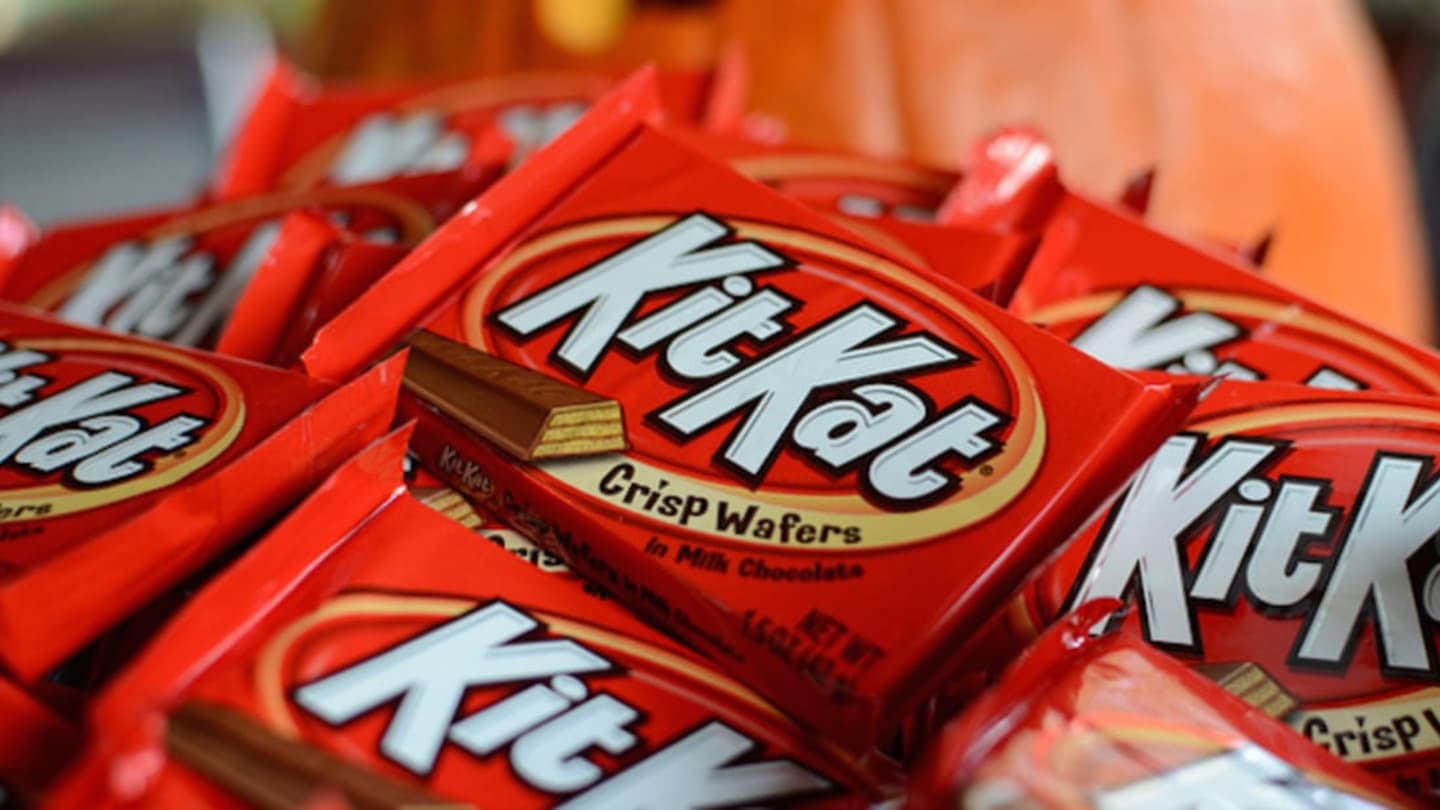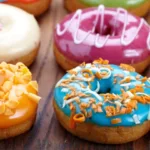Let’S Face It, there’s something universally appealing about A Kit Kat. That satisfying snap, the crispy wafers coated in smooth Milk Chocolate – it’s a simple pleasure that’s Hard To Resist. But did you know this beloved treat has a fascinating history and comes in a mind-boggling array of flavors around the world?
Get ready to dive into the delicious world of Kit Kats with some fun facts about these iconic treats! From their humble beginnings as a box of chocolates to their current status as a global phenomenon, we’ll explore everything that makes Kit Kats so special. Plus, we’ll take a trip around the globe to discover some truly unique and unexpected flavors you might not Believe Exist.
Whether you’re a diehard Kit Kat fan or simply curious about this chocolatey classic, get ready to learn something new About Your Favorite treat!
From Crisp to Classic: The Evolution Of Kit Kat
The Kit Kat we know and love today has a surprisingly long and interesting journey behind it. It all started back in 1935 with a product called Rowntrees Chocolate Crisp – a box of chocolates containing crispy wafers covered in chocolate. Pretty fancy for the time, right? But this early version wasn’t quite the iconic treat we see on shelves today.
Things really changed when the focus Shifted To Individual Wafer Bars. The four-fingered design was born out of practicality: it was easy to pack into lunches and perfect for enjoying with a cup of tea. Then came the genius move – the famous “Have A Break, Have A Kit Kat” slogan. This catchy phrase perfectly captured the feeling of taking a moment to relax and indulge in a crispy treat, and it quickly became synonymous with the brand.
 Poo Poo Creek Bike Ride Raises Money for Yemen Crisis
Poo Poo Creek Bike Ride Raises Money for Yemen CrisisWhat started as a simple box of chocolates morphed into a global phenomenon, with Nestle becoming the main manufacturer worldwide (except in the Us, where Hershey’s holds the rights). That evolution from Rowntrees Chocolate Crisp to the beloved Kit Kat we know today is a testament to how innovation and clever marketing can transform a product into a cultural icon.
A Global Phenomenon: Nestle’s Sweet Success Story
Nestle’s acquisition of Rowntrees in 1988 marked a turning point for Kit Kat. With Nestle’s global reach and marketing expertise, the brand truly exploded onto the World Stage. Suddenly, people everywhere were enjoying those satisfying snaps and creamy chocolate wafers. It was the beginning of a sweet success story that continues to this day.
Nestle understood the power of adapting to different cultures and tastes. They didn’t just shove Kit Kats into Every Market; they carefully crafted variations tailored to Local Preferences. This approach led to some truly Unique Flavors – from matcha green tea in Japan to chili chocolate in Mexico. It’s a testament to their understanding that sometimes, the best way to connect with people is through something as simple as sharing a delicious treat made just for them.
Of course, there are those who argue that Nestle’s dominant position in the confectionery market stifles innovation and competition. But one thing’s for sure: fun facts about Kit Kats would be a lot less interesting without Nestle’s global expansion and relentless pursuit of new flavors!
Have a Break, Have a Kit Kat: Marketing Magic
The “Have A Break, Have A Kit Kat” slogan isn’T Just Catchy; it’s marketing genius at its finest. It perfectly captures the essence of the treat – a moment of respite, a quick pick-me-up, a little indulgence in the midst of a busy day. This simple phrase resonated with people worldwide, associating Kit Kat with relaxation and enjoyment.
It wasn’t just about the words though; the imagery used to promote the slogan was equally impactful. Think of those iconic commercials featuring individuals taking a break from their Mundane Tasks – a student studying, a businessman on the phone – all finding solace in a crisp Kit Kat. These visuals reinforced the message: A Kit Kat is a little escape, a tiny treat that allows you to take a breather and savor the moment.
This clever combination of words and imagery cemented the “Have a Break” Concept Into Popular Culture, making Kit Kat synonymous with taking time for yourself. It’s a reminder that even in our fast-Paced World, there’s always room for a little sweetness and a well-Deserved Break – and fun facts about Kit Kats often highlight just how cleverly this message was conveyed.
Around the World in Flavors: Unique Kit Kat Creations
If you think A Kit Kat is just chocolate and wafers, Prepare To Have Your Mind blown! The world of Kit Kats is a vast and delicious landscape of unique flavors that prove this classic treat can be anything you want it to be.
Japan takes the crown for most Creative Variations, Boasting Over 200 different Kit Kat flavors! From traditional Japanese sweets like green tea and red bean to regional specialties like yuzu and corn, there’s A Kit Kat for every Taste Bud. And don’t forget about those globally inspired creations – Think Cheesecake, cookies and cream, even pizza-flavored Kit Kats in Italy!
These fun facts about Kit Kats reveal that sometimes the best way to experience something familiar is through a completely new lens. It’s a testament to the power of innovation and cultural exchange, proving that even a simple treat can be endlessly surprising and delightful.
Beyond Chocolate: Exploring Creative Kit Kat Variations
Kit Kats aren’t just about chocolate and wafers anymore; they’ve evolved into a platform for culinary creativity! Beyond the classic variations, you’ll find Kit Kats that push boundaries and redefine what this iconic treat can be.
Think beyond simple flavors – some Kit Kats come with crunchy additions like pretzels or nuts, while others feature smooth swirls of peanut butter or caramel. There are even baked versions where the wafers turn into a delightful cookie crust! It seems like every time you Turn Around, there’s a new and exciting Kit Kat flavor to discover.
These fun facts about Kit Kats highlight the brand’s willingness to experiment and embrace innovation, proving that sometimes the most delicious surprises come from thinking outside the box (or should we say, outside the wafer?).










